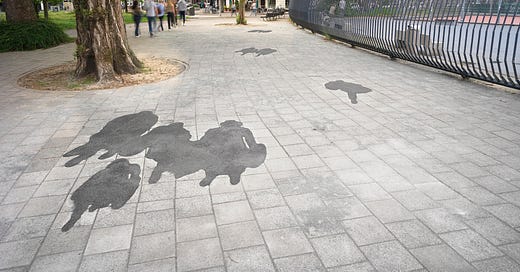Reading history forwards
Jews in the Netherlands suffered catastrophically during the Holocaust. Can the diaries of their neighbors help explain their fate?
“The Dutch saved most of their Jews, didn’t they?” This question came from a guest at a dinner before a lecture I gave earlier this year, after I mentioned my research about Anne Frank. All eyes turned expectantly to me. “Well … ,” I stalled, wanting to correct the record but uneasy about rebuking a stranger. “It’s a bit more complicated.”
I’ve heard ver…
Keep reading with a 7-day free trial
Subscribe to Ghost Stories to keep reading this post and get 7 days of free access to the full post archives.



